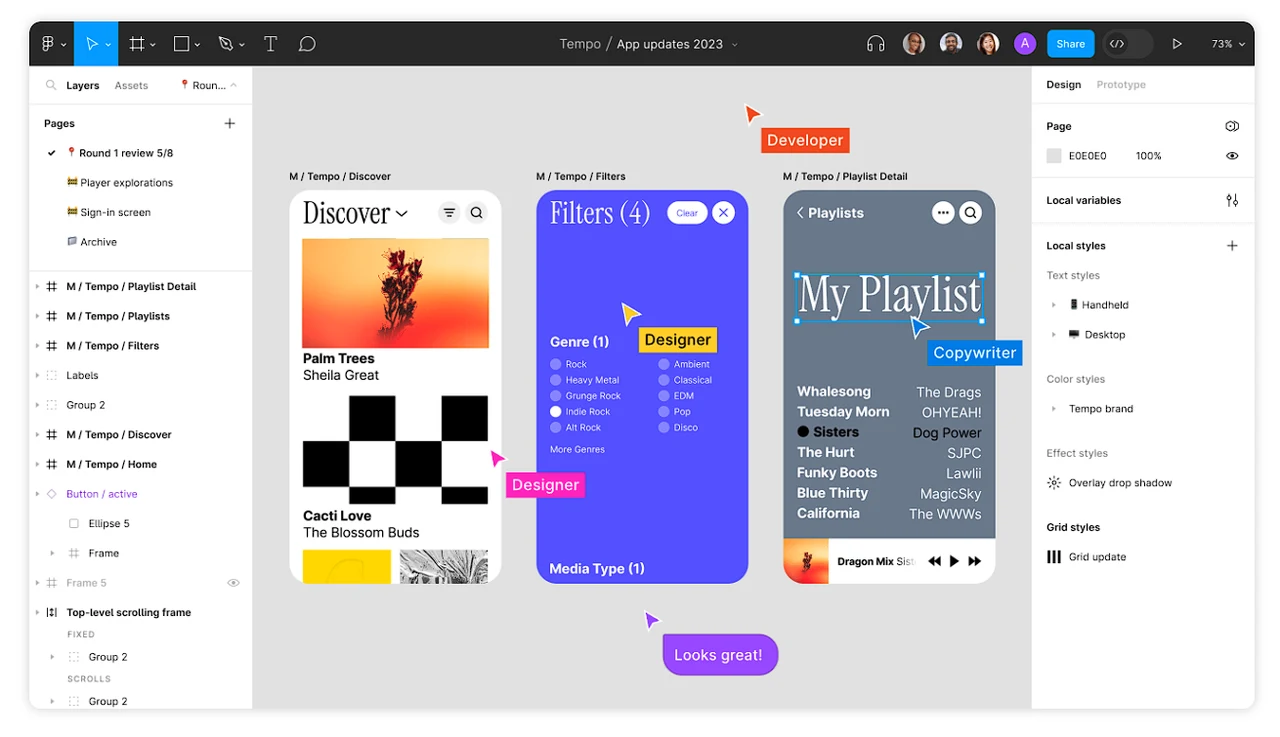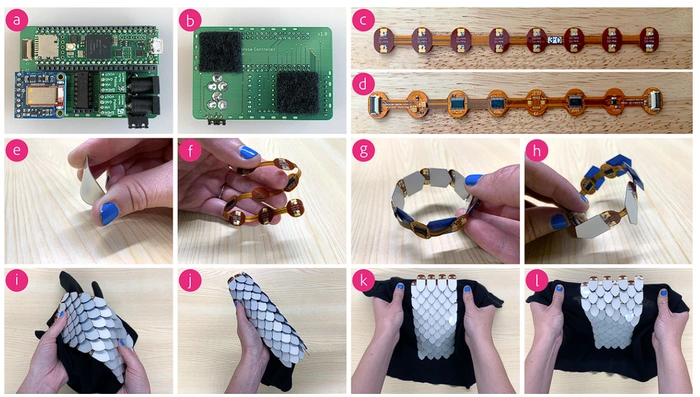
Google has introduced Genie 1.0, an AI system that represents a significant advancement toward Artificial General Intelligence (AGI). Genie 1.0 is a generative interactive environment that can create a variety of virtual worlds from text descriptions, including synthetic images, photographs, and sketches. It operates on an unsupervised learning model trained on low-resolution internet videos, which are then upscaled. This system is considered a foundational world model, crucial for the development of AGI, due to its ability to generate action-controllable environments.
Google has made a striking advancement in the realm of artificial intelligence with the unveiling of Genie 1.0, a system that edges us closer to the elusive goal of Artificial General Intelligence (AGI). This new AI is capable of transforming simple text descriptions into interactive virtual environments, marking a significant stride in the evolution of AI technologies.
At the core of Genie 1.0’s functionality is the ability to bring written scenes to visual life. This goes beyond the typical AI that we’re accustomed to, which might recognize speech or offer movie recommendations. Genie 1.0 is designed to construct intricate virtual worlds, replete with images and sketches, all from the text provided by a user. It relies on an advanced form of machine learning known as unsupervised learning, which empowers it to identify patterns and make informed predictions without needing explicit instructions.
One of the most fascinating features of Genie 1.0 is its proficiency in learning from imperfect sources. It can take low-resolution videos from the internet, which are often grainy and unclear, and enhance them to a more refined 360p resolution. This showcases the AI’s ability to work with less-than-ideal data and still produce improved results.
Google Genie 1.0 another step closer to AGI?
Here are some other articles you may find of interest on the subject of Artificial General Intelligence (AGI) :
Understanding Artificial General Intelligence (AGI)
The driving force behind Genie 1.0 is a robust foundational world model, boasting an impressive 11 billion parameters. This model is a cornerstone for AGI development, as it facilitates the generation of dynamic and manipulable environments. Such environments are not just static but can be altered and interacted with, paving the way for a multitude of potential uses.
The versatility of Genie 1.0 is evident in its ability to process a wide array of inputs, suggesting that its future applications could go far beyond the creation of simple 2D environments. Although it currently functions at a rate of one frame per second, there is an expectation that its performance will improve over time. As Google continues to enhance Genie with future iterations, we can expect a broadening of its capabilities.
The practical uses for Genie 1.0 are vast and varied. In the field of robotics, for instance, combining Google’s robotics data with Genie could lead to the creation of more sophisticated AI systems. The gaming industry also stands to benefit greatly from Genie, as it has the potential to revolutionize game development, offering novel experiences and serving as a platform for training AI agents in simulated environments.
While Genie 1.0 promises to significantly influence creative endeavors by enabling the generation of unique content from minimal input, it’s important to remain mindful of the concerns that accompany advanced AI systems. Skepticism about AI is not uncommon, and as technologies like Genie continue to advance, they will undoubtedly spark further debate about their impact and the ethical considerations they raise.
Exploring Genie 1.0’s Advanced Capabilities
Google’s Genie 1.0 represents a pivotal development in the journey toward AGI. Its innovative method of creating interactive virtual worlds and its ability to learn from low-resolution data highlight the immense possibilities within AI. As we look to the future, the continued refinement and application of systems like Genie will undoubtedly play a crucial role in shaping the trajectory of both technology and society.
Artificial General Intelligence, or AGI, is a type of intelligence that mirrors human cognitive abilities, enabling machines to solve a wide range of problems and perform tasks across different domains. Unlike narrow AI, which is designed for specific tasks such as language translation or image recognition, AGI can understand, learn, and apply knowledge in an array of contexts, much like a human being. The development of AGI is a significant challenge in the field of artificial intelligence, as it requires a system to possess adaptability, reasoning, and problem-solving skills without being limited to a single function.
At the heart of Genie 1.0’s functionality lies its ability to interpret and visualize text descriptions, transforming them into detailed virtual environments. This process is driven by unsupervised learning, a machine learning technique that allows AI to recognize patterns and make decisions with minimal human intervention. Unsupervised learning is crucial for AGI, as it enables the system to handle data in a way that mimics human learning, where explicit instructions are not always provided.
Genie 1.0’s proficiency in enhancing low-resolution videos to a clearer 360p resolution demonstrates its capacity to improve upon imperfect data. This is a significant step forward, as it shows that AI can not only work with high-quality data but also refine and utilize information that is less than ideal, which is often the case in real-world scenarios.
The Potential and Challenges of Google Genie
The foundational world model that powers Genie 1.0, with its 11 billion parameters, is a testament to the complexity and potential of this AI system. The ability to generate dynamic environments that users can interact with opens up a world of possibilities for various industries. For example, in robotics, Genie 1.0 could be used to create more advanced simulations for training AI, while in gaming, it could lead to more immersive and responsive virtual worlds.
Despite its current limitation of processing one frame per second, the expectation is that Genie 1.0 will become faster and more efficient with time. This improvement will expand its applications and make it even more valuable across different sectors.
However, the advancement of AI technologies like Genie 1.0 also brings about ethical considerations. As AI systems become more capable, questions arise about their impact on privacy, employment, and decision-making. It is crucial to address these concerns proactively, ensuring that the development of AI benefits society while minimizing potential risks.
In summary, Google’s Genie 1.0 is a significant step towards achieving AGI, with its innovative approach to creating interactive virtual environments and learning from various data sources. As this technology continues to evolve, it will likely have a profound impact on multiple industries and raise important ethical questions that must be carefully considered.
Filed Under: Technology News, Top News
Latest timeswonderful Deals
Disclosure: Some of our articles include affiliate links. If you buy something through one of these links, timeswonderful may earn an affiliate commission. Learn about our Disclosure Policy.




















